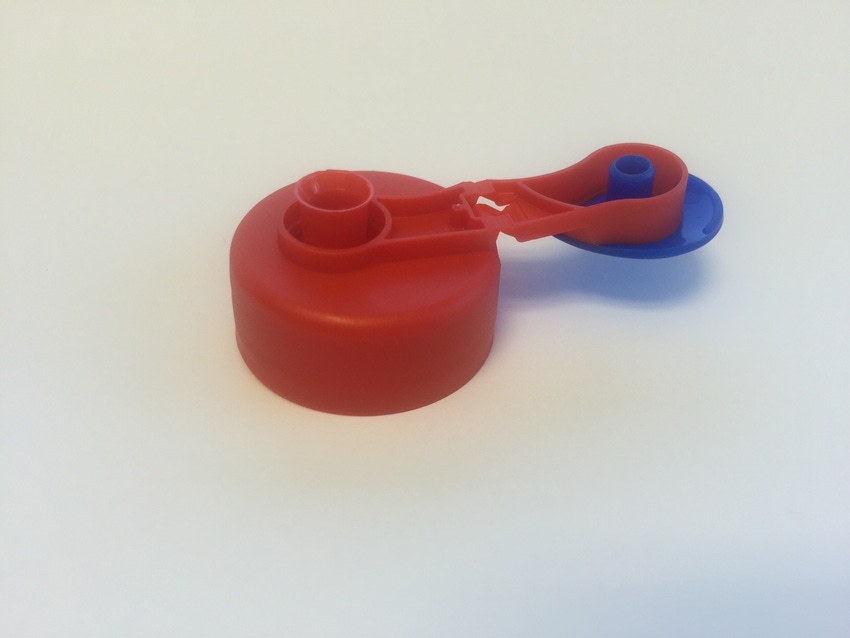July 28, 2016

 Foboha, Europe’s premier company for the development, engineering and production of high quality injection molds for the plastics industry, has garnered international recognition for its proprietary and patented multi-component mold systems - systems that are currently marketed to more than 30 countries around the world.
Foboha, Europe’s premier company for the development, engineering and production of high quality injection molds for the plastics industry, has garnered international recognition for its proprietary and patented multi-component mold systems - systems that are currently marketed to more than 30 countries around the world.
The company has developed advanced cube mold technology that not only enables an enormous reduction in cycle time, it streamlines the manufacture of mass-produced parts, and that of parts with additional integrated assembly steps (In-Mold-Assembly). Highly complex parts can be manufactured on a single machine.
The technology is characterized by mold parts that rotate not horizontally, but vertically around the axis. A patented two-part turning stack system forms the heart of Foboha’s cube technology. The lower section of the mold runs on the machine base and the lower machine tie bars; the top part on the upper machine tie bars. Using this technology, parts are processed within the turning system at different levels. The pre-injection moldings are molded in a cavity of the first parting line. As soon as the mold is fully open, they remain on the side of the movable middle block and can be turned into the range of the second parting line by a 90° or by a 180° turn of this middle block. After the mold closes again, the second component is injected into the cavity of the second parting line in which the pre-injection moldings are located, to mold composite parts. The finished parts are removed at the 4th station. The process is characterized by parallel running mold fill, cooling phase and parts removal, which are essential advantages of the technology. According to Foboha, the cycle time for a one- or two-component product can be reduced by up to 30 %.
Blow molding pilot at K
While Foboha has been manufacturing injection blow molds for decades, at this year’s K Show a pilot injection blow molding application in which a cube mold is used for the first time will be running at the Engel booth in Hall 15. Polypropylene containers are being produced on an all-electric ENGEL e-motion 740/220 T WP injection moulding machine in an 8-cavity cube mould built as a proof-of-principle prototype. The containers were developed by Alpla for a customer in Asia. A considerable reduction in production costs and packaging weight is achieved by swapping out glass – the original material used for the container - for polypropylene, which significantly reduces unit costs.
In order to achieve short cycle times, the previously produced preforms are inflated in the opposite mould position parallel to injection moulding. The narrowest tolerances are achieved both in the thread area and container body.. At the same time, the ENGEL easix six-axis robot integrated in the production cell removes the finished containers from the fourth station and places these onto the conveyor belt with the opening facing upwards. The entire handling thus occurs in phase with the injection blowing and does not increase the cycle time. An insulating cover in position 2 prevents the preforms from cooling off. The shot weight is 8 grams per container.
Two-component preforms on a cube mold
At the Milacron booth in hall 15, two-component preforms will be produced using MuCell technology on a 2 x 4-fold cube mold. The preform consists of a MuCell foam core that creates a metallic effect after blow molding without actually adding metallic pigments. This would allow, for example, silver colored bottles to be recycled normally, as the sole material used is PET.
On the opposite side, the foam core is sheathed with compact PET, generating the outer shape and the thread of the PRE-form. The shot weight for four Preforms is 124 g.
32-fold closure mold in cube technology
A packaging world premiere - a 32-fold film hinge cube mold - will be showcased at the Arburg booth in Hall 13. The mold demonstrates a specially implemented solution for a film hinge. The capping of the seals is also carried out automatically at the mold, at the fourth station of the cube mold. This occurs simultaneously without any loss of cycle time.
With the most efficient mold processes it is possible to reduce the usual cycle time of 12 to 13 seconds down to under 9 seconds. The additional cycle time generates a 35 % increase in production, which represents an enormous output increase.
Visit Foboha at K 2016 at booth B23, in hall 01.
About the Author(s)
You May Also Like


